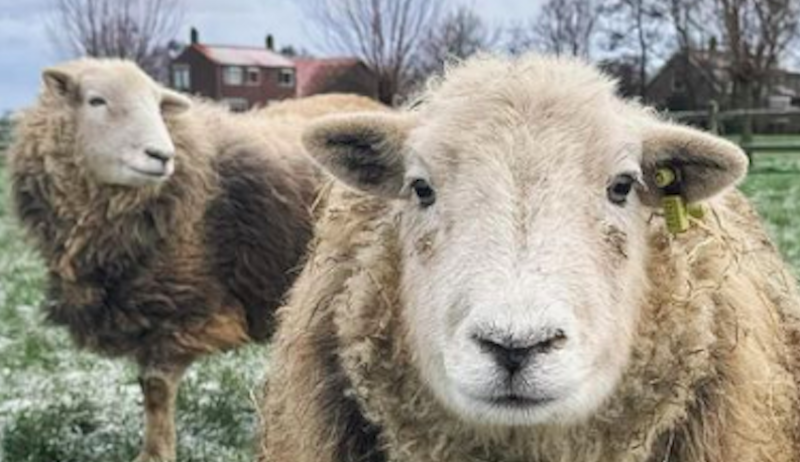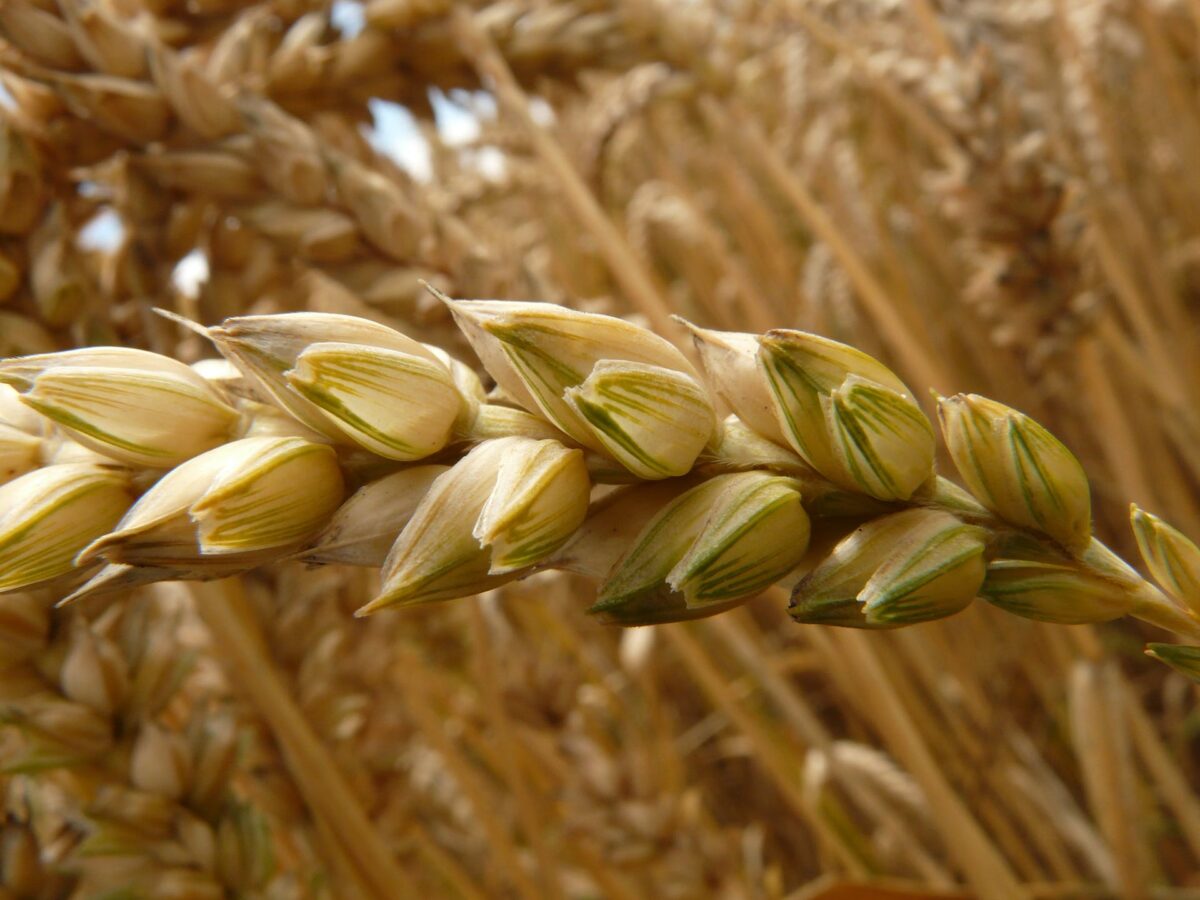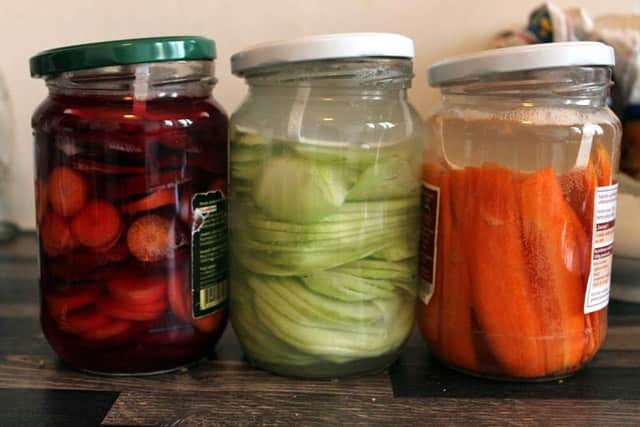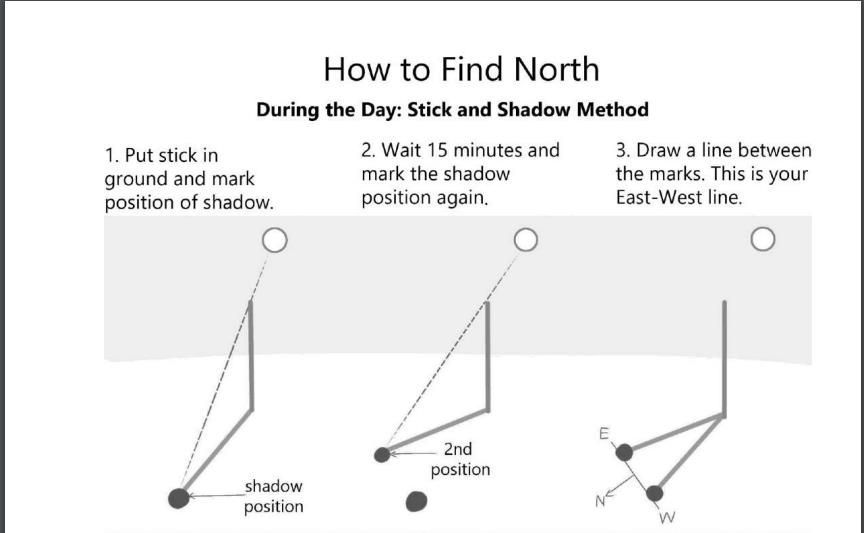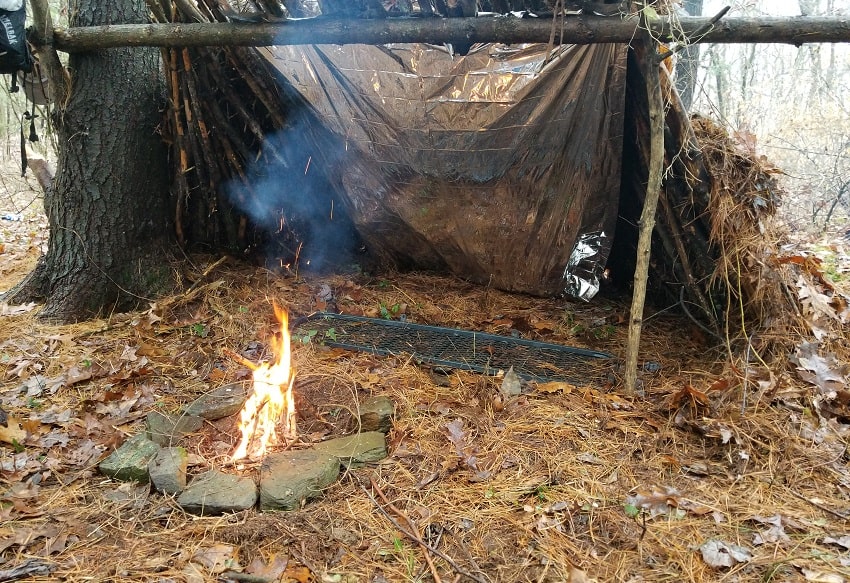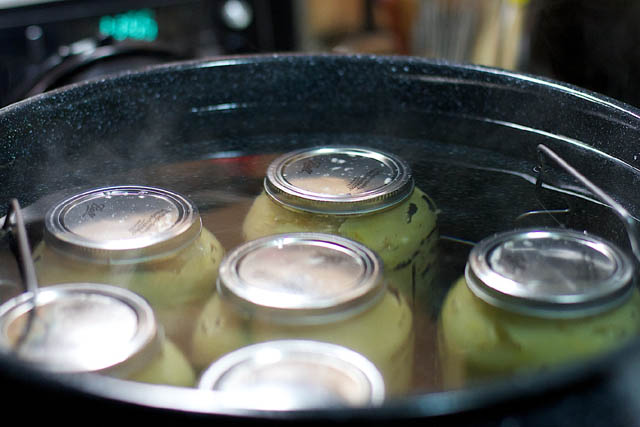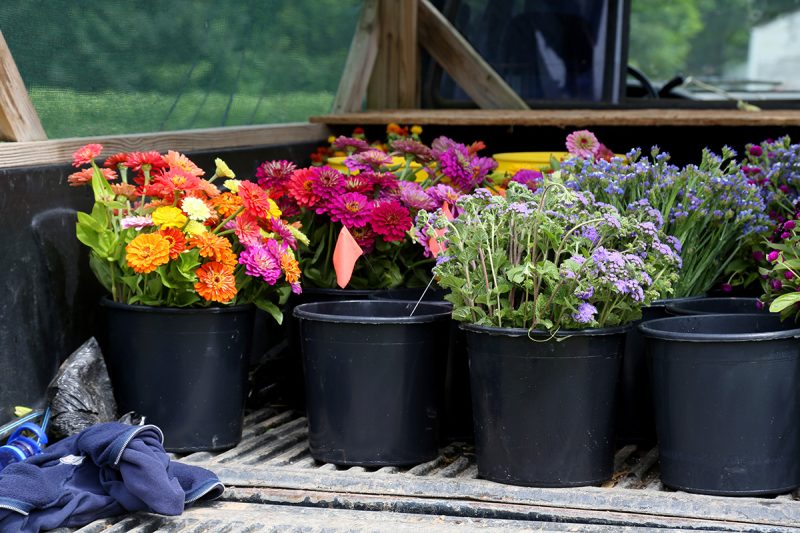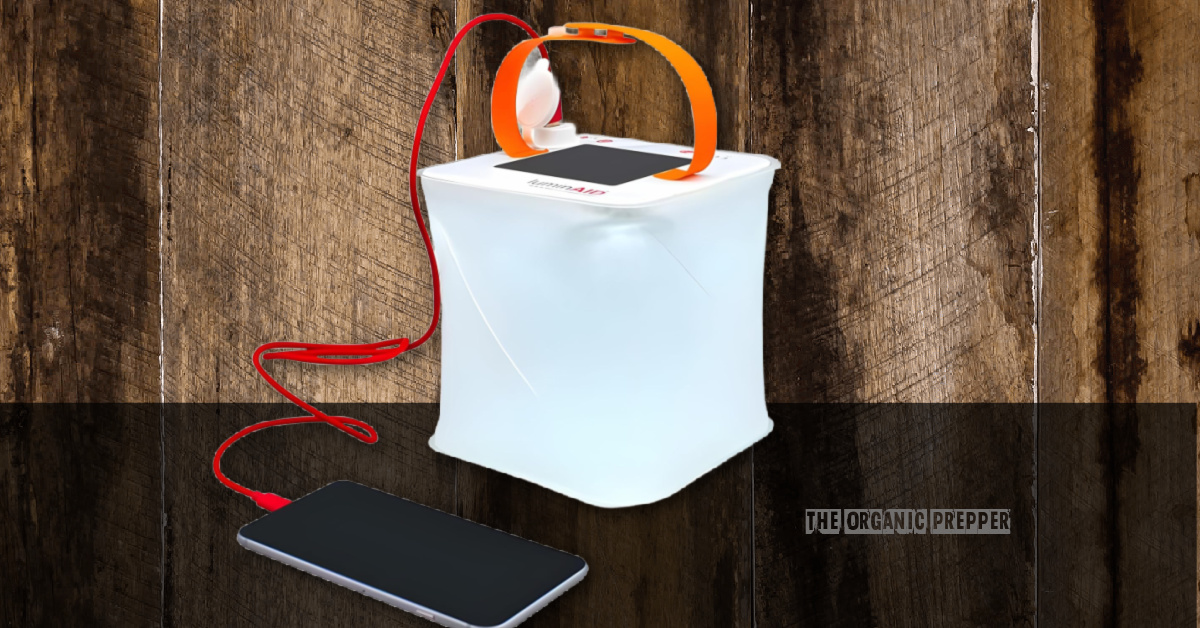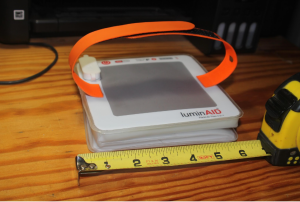Estimated reading time: 19 minutes
A hanging vegetable garden is simply an assortment of vegetable plants suspended above the ground in various ways. Some variations are referred to as vertical gardens.
There are numerous benefits and a few challenges but for anyone trying to increase the yield from their gardening efforts, or don’t have the benefit of a yard or traditional vegetable garden a hanging garden is an idea worth exploring.
Why Consider a Hanging Garden?
One of the unique benefits of growing vegetables in a hanging garden is that they are highly portable. You can start your garden indoors in winter and easily move the plants outdoors to either an apartment patio or in various areas around your yard and other gardens.
A hanging garden also allows you to grow a diversity of vegetables assuming you’ve planted varieties that will thrive in the confines or a pot or other suspended container.
It’s also easy to move your hanging plants around to give them more sun, shade or proximity to similar varieties for pollination. If one plant exceeds your expectations and grows too large you can either prune it or move it. There’s always flexibility unlike a garden in the ground that is difficult to move or transplant without putting stress on the plant.
Finally, a hanging garden makes disease control easier to manage. If a bloom of fungus shows up on a plant you can simply discard it, or isolate it somewhere while you treat it with a fungicide. In a traditional garden any disease can quickly spread both across the leaves and throughout the soil. Individual plants in containers isolate both plants and soil from other plants.
Hanging Garden Challenges
One of the primary challenges with any hanging garden setup is watering. There are various designs for containers that can hold and contain water to varying degrees, but a suspended pot or container will rarely retain water as well as the soil in a traditional garden.
Another challenge is related to the size of the pot or container. Plants need a certain amount of soil volume or the roots will become bound or stunted affecting the health of the plant. Selecting the right variety can help and making sure you have a rich soil mix is always a good idea. We’ll cover the best vegetable varieties and other considerations for the best results as we continue to explore this concept.
Hanging Garden Options
There are a lot of ways to design and arrange vegetable plants in a hanging garden. One of the first considerations is the type of container or structure you would use to hang or suspend your vegetables.
Hanging Flower Pots
<img width="416" height="579" src="//www.w3.org/2000/svg%22%20width=%22416%22%20height=%22579%22%3E%3C/svg%3E" alt="HANGING POT"…
Continue reading here

